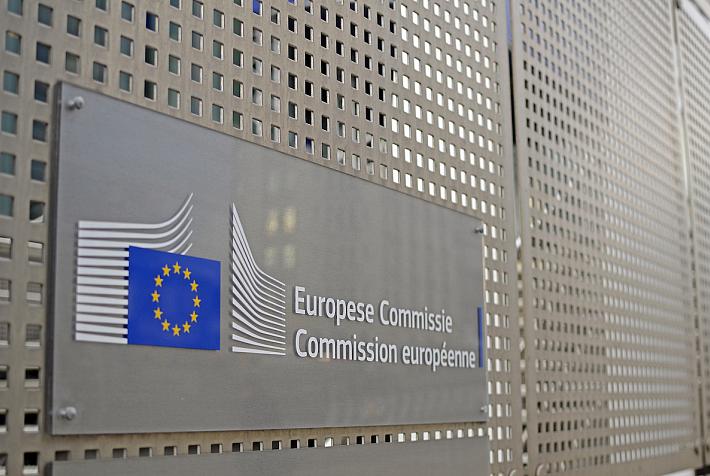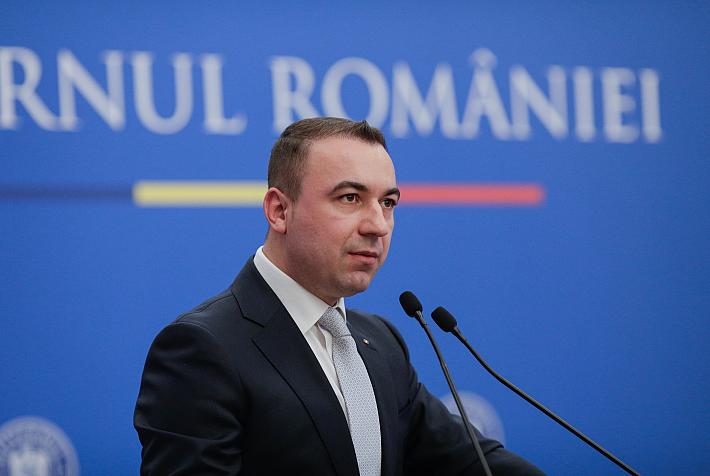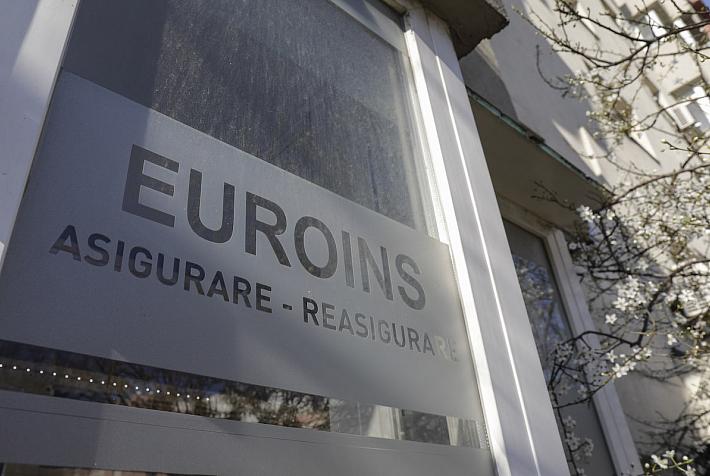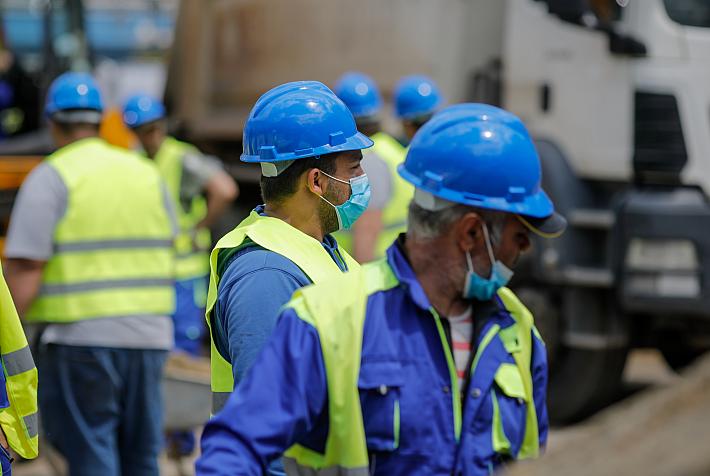Bucharest Centennial: The Romanian Athenaeum – where culture & history meet

Romania-Insider.com has started a series of articles about Bucharest landmarks of architecture or history, which have witnessed the last century of what is now the Romanian capital, and noteworthy people which have helped build the Romanian capital as it is today. This project is supported by the Bucharest City Hall through the Public Monuments and Touristic Heritage Administration (AMPT), within the cultural program Bucharest-Centennial.
While taking a stroll through the center of the Romanian capital, there is one building any traveler or visitor should stop and admire, and that is the Romanian Athenaeum (Ateneul Român). Located right in the middle of Bucharest, in the busy area of the George Enescu Square and Victoriei Avenue (Calea Victoriei), the Athenaeum is a symbol of the national culture and a remarkable architectural heritage. Nowadays, it hosts some of the most important and beautiful concerts of classical music organized in Romania, as well as it is home to the local George Enescu Philharmonic Orchestra.
The Romanian Athenaeum was built on a property that belonged to the Văcărescu family, a boyar family of Wallachia. The plot was initially supposed to host a horse-riding center, for which a round-shaped foundation had already been laid out. It was later on reimagined as "a palace of science and arts". French architect Albert Galleron, who has also designed the National Bank of Romania, was selected to design the Athenaeum. He used the round-shaped foundation and successfully integrated it into the building that has become a masterpiece.
The construction began in 1886 and the Athenaeum was launched in February, two years later. However, work continued until 1897, and part of the funds was raised via a public subscription whose simple yet catchy slogan has lived through time: Give a penny for the Athenaeum (Dați un leu pentru Ateneu.).
This year, the Romanian Athenaeum celebrates 130 years since its inauguration, which means that the building is older than Romania itself. The country celebrates in 2018 100 years since the 1918 Great Union, when Transylvania, Bessarabia, and Bukovina unified with the Romanian Kingdom. In fact, back in December 1919, a year after the Great Union, the building of the Romanian Athenaeum hosted the conference of leading Romanians who voted to ratify the unification of Bessarabia, Transylvania, and Bukovina with the Romanian Old Kingdom.
The neoclassical, circular building, which is dominated by a large dome, has the appearance of an ionic temple, with six front and two lateral columns, which have the same size as the Erechteion columns, in Athens. Inside, the present day concert hall can seat almost 800 spectators comfortably.
Nowadays, the Romanian Athenaeum is home to the George Enescu Philarmonic Orchestra, and the place to go for classical music fans. Many of the world’s greatest conductors, instrumentalists and vocalists had concerts at the Athenaeum, which is known for its exceptionally good acoustics. It is one of the places where the famous George Enescu International Festival and Competition is held in the honor and bearing the name of the well-known Romanian composer. Several charity and classical music concerts, as well as, other cultural events are also hosted here.
The fact that there are so many links between the Romanian Athenaeum and the name of late composer George Enescu, whom many consider Romania’s greatest musician, is not random. The building lacked a concert organ until 1935, when, at Enescu’s initiative, funds were collected to install such an instrument.
The beautiful building was revamped during the period 2000-2004 by Romanian architects and engineers. It has been listed with the Historic Monuments List since the year 2004, as an architecture monument of national and universal value, and included in the value A group. The Romanian Athenaeum is among Bucharest’s most iconic buildings for its beauty and history.
How to get there:
The Romanian Athenaeum is located at 1-3 Benjamin Franklin Street, close to Victoriei Avenue (Calea Victoriei) and Magheru Blvd. Buses 335, 131, 381 and 783 have stops nearby while the closest metro stations are Piața Romană (at about 500 m) and Piața Universității (850 m).
Sources: patrimoniu.gov.ro, fge.org.ro, fundatiaenescu.ro, Agerpres.ro
Photo: Adobe Stock 











